Media | Articles
Henry Ford Museum to showcase 1966 VW Microbus with Civil Rights legacy and National Historic Vehicle Register status
The Henry Ford Museum of American Innovation, in partnership with the Hagerty Drivers Foundation’s National Historic Vehicle Register, will welcome a new selection from the Register’s prestigious group of significant automobiles. This special pop-up in the museum showcases a different vehicle from the Register every six months. The first vehicle displayed was the “Ferrari” from Ferris Bueller’s Day Off. The next vehicle just moved into the display is a 1966 Volkswagen Deluxe Station Wagon, or “microbus.” The VW bus was the primary vehicle for a couple at the forefront of the Civil Rights Movement in South Carolina: Esau and Janie B. Jenkins.

Mr. Esau and Mrs. Janie—as they were known—were both born in 1910 on Johns Island, South Carolina. After marrying at age 17, the couple founded many successful businesses and began offering ways to improve the lives of fellow African Americans (and their own 13 children) while investing in their community.
After establishing a successful produce business in Charleston, Esau and Janie realized the vital need for transportation for the people of the Sea Islands to various areas around Charleston County. They purchased several used city buses and stake-bodied trucks to transport workers and students. Soon they realized they could pull double duty by providing instruction on the bus rides into Charleston. While literacy tests were keeping many Black voters away from the polls, the Esau and Janie Jenkins endeavored to use time spent on the buses to teach their passengers reading, writing, and civics to provide them with the skills needed to vote, and to begin to counter the racism prevalent at the time. Driven by Mr. Esau, the Jenkins’ older sons, and trained local drivers, the vehicles provided essential transportation and became rolling classrooms as Mrs. Janie taught adults to read the section of the U.S. Constitution required to become registered voters.
About the same time they were operating their bus line, Esau and Janie Jenkins—motivated to make a difference—established the Progressive Club with other community members in 1948 to provide support for their neighbors. Over time, the Progressive Club grew to become a community center and co-op that provided everything from voter and literacy education to childcare and a place to purchase groceries. The Club’s building, built in 1963 next to the Jenkins’ house, even housed a gas station and classroom space. Leaders, including Dr. Martin Luther King, Jr., and others, participated in workshops and community meetings there to understand how they empowered the people of the community to read, write, and vote.
Throughout their lives, Esau and Janie Jenkins helped develop a citizenship school that was modeled throughout the South during the Civil Rights Movement. They helped form a credit union to give African Americans access to fair financial services and legal advice. Scholarship funds. They helped established a public high school and organize scholarship funds. They even worked to create a community health organization.
Marketplace
Buy and sell classics with confidence
The Preservation Society of Charleston described the Jenkins’ efforts as playing “a critical role in building the base for the Civil Rights Movement.”

A Foot Solider in the Civil Rights Movement
The 1966 Volkswagen Type 2 Deluxe Station Wagon, which could accommodate nine passengers, fit perfectly into those plans. Esau Jenkins painted his slogan, “Love is Progress, Hate is Expensive” on the back panel and the contact information for the Citizen’s Committee’s Credit Union and Citizenship Projects on the side panels. According to the AACA Museum, the Volkswagen at one point carried Septima Clark, a Johns Island teacher hailed as the mother of the Civil Rights Movement, and Bernice Robinson, who conducted “the most successful and widespread literacy campaign ever seen in the United States” from Johns Island. The bus soon became not only ubiquitous in the Charleston area but also representative of the Jenkins family and of their civil rights efforts. When people saw this little bus, they knew help was coming.
As Emily Williams wrote for the Charleston Post and Courier, Esau and Janie Jenkins might remain “relatively unknown to the general public,” but “they served as examples of how to effectively counteract injustice … empowering people with practical tools like fair loans, literacy, and voter education.”
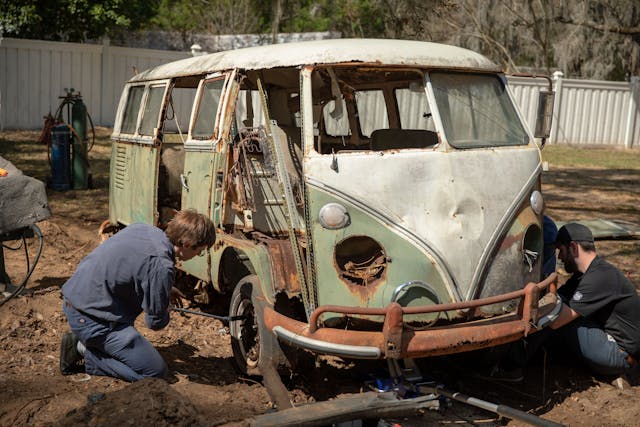
The Rescue
After Esau’s death in 1972, the Volkswagen was parked in the family’s backyard and did not move for over four decades. As you can imagine, time and nature took their toll. Over the years, exposure to the elements, the salt air of the island, and multiple hurricanes withered the VW. Corrosion set in, the right front door rusted off completely, and the A-pillar collapsed. The bus gradually sank into the earth. Long after Mrs. Janie’s death in August 1998, the old VW bus sat.
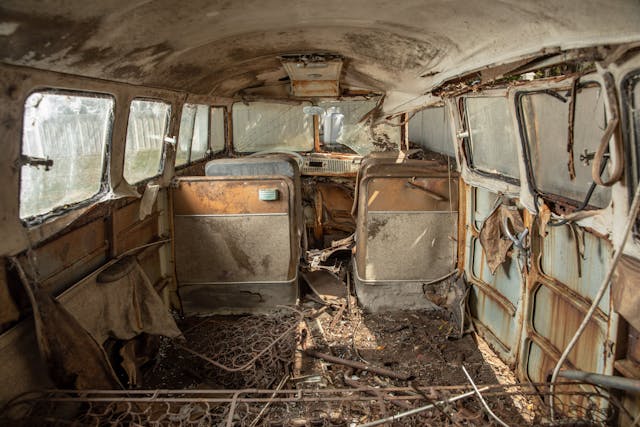
In 2014, to honor the civil rights legacy of the Jenkinses in a permanent exhibit, the rear hatch and the engine cover were shipped to the Smithsonian National Museum of African American History and Culture in Washington, D.C. The green paint was faded and chalky, but the white lettering proclaiming the Jenkins’ motto remained.
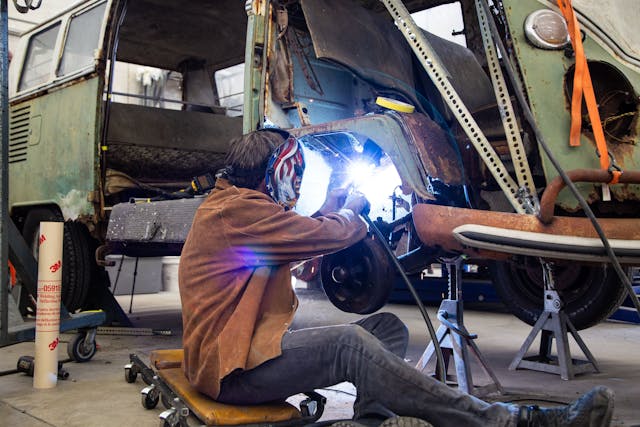
The family purposely chose not to restore the VW. The van’s rugged character is a tribute to the selfless service of Esau and Janie Jenkins, and it’s a testament to the long road toward equal rights. In 2019 Hagerty’s Historic Vehicle Association (now the Hagerty Drivers Foundation) unearthed the Jenkins Bus to document its significance through the National Historic Vehicle Register. It took over five hours to free the Bus from the ground. To their delight, the old bus wasn’t so frail after all. But extracting it was easier said than done. It took a team of three HDF staffers, aided by Keith Flickinger—curator and chief restorer at the NB Center for American Automotive Heritage—and local car enthusiast and Progressive Club member Joe Boykin. Casey Maxon and Preston Rose of the HDF photographed the bus to ensure a complete visual record of the process, and Flickinger welded braces from the chassis to the inside roof supports, protecting the bus from collapse.
Ensuring that our automotive heritage is never lost or forgotten is paramount to the Hagerty Drivers Foundation mission. “The Jenkinses exemplify what we mean when we aspire to ‘Drive Bigger,’” said Scott Keogh, CEO and President, Volkswagen Group of America. “We’re honored to help preserve a part of their legacy so that present and future generations of Americans can learn what it took to bring civil rights to all.”

The bus was then displayed on the National Mall. Almost as much work went into preserving the Jenkins Volkswagen Bus as it would have taken to restore it. Rust still pervades the body, it doesn’t run, and the interior remains torn and worn. The staff at the NB Center for American Automotive Heritage and BR Howard Conservation helped stabilize the vehicle so it wouldn’t deteriorate any further. The conservation team could not even wash the van without causing damage—the existing paint was so oxidized that any mechanical cleaning would have caused the paint to flake. Instead, they misted the body two to three times a week with a biocide to kill the biological growth without harming the paint. All active corrosion was mechanically reduced using a combination of methods including adjustable thermal shock cleaning systems, ultrasonic scalers, and pneumatic micro jacks.
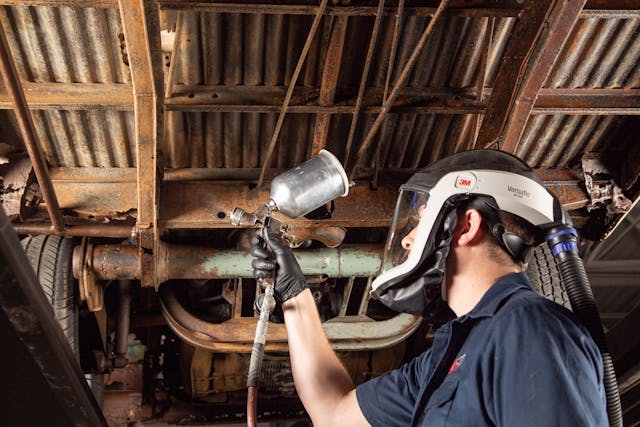
Where rust had discolored the paint on the Volkswagen, the team from BR Howard Conservation used chelating gels which removed the rust but preserved even the runs in the paint. The interior similarly remained torn and deteriorating, but after a solvent-misting treatment, the team was able to soften the brittle components.
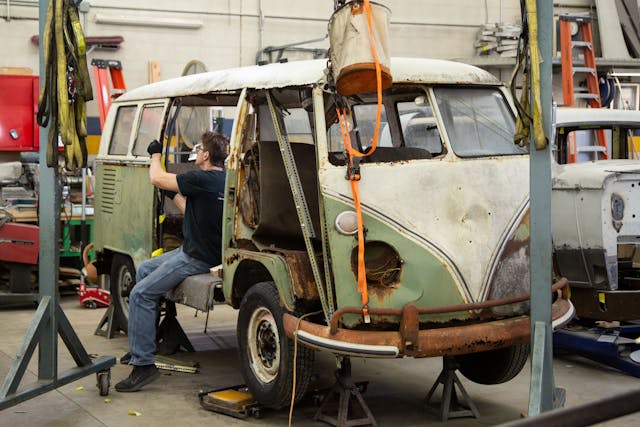
To ensure America’s automotive heritage would never be lost or forgotten, in 2009 Hagerty founded the Historic Vehicle Association (now Hagerty Drivers Foundation). The HDF helped launch the National Historic Vehicle Register to record and protect America’s automotive past and, to date, 32 vehicles are included. Instead of just reading about these significant automobiles, The Henry Ford in Dearborn, Michigan, is giving you a chance to see them in person. The rotating selection of cars change out every six months, and the exhibit is included with admission to Henry Ford Museum of American Innovation. The Jenkins Bus is planned to be on display through June. The Henry Ford features the most comprehensive collection anywhere focusing on innovation, ingenuity, and resourcefulness in America. Its unique venues also include Greenfield Village, an 80-acre outdoor living history museum where you can ride in a Ford Model T and see the actual lab where Thomas Edison worked on the light bulb, and the very workshop where the Wright Brothers developed the first airplane. For more information, visit thf.org or follow The Henry Ford on social media @thehenryford.
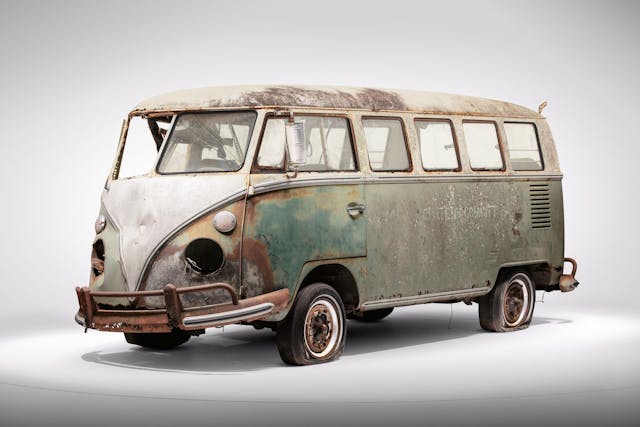
The 1966 VW Bus is among 32 automobiles commemorated and documented with photographs, line-drawings, and history of the vehicle archived in the Library of Congress. Casey Maxon, Senior Manager of Heritage at the Hagerty Drivers Foundation, says they take the time and effort to save vehicles like the Jenkins Bus to help remember the impact these automobiles had on history.
“When we launched the Register we were looking for ways and strategies that we could really effect change and create a real understanding of the impact of the automobile. Since 1933, programs administered by the Federal Government and produced in partnership with historians, scholars, community leaders, students, professionals, and others have documented the history of over 100,000 artifacts and catalogued them at the Library of Congress; but there weren’t any automobiles. The Hagerty Drivers Foundation created the National Historic Vehicle Register in the model of these pre-existing Federal programs to fill this gap in our nation’s recorded history. Working in partnership with the U.S. Department of the Interior, the Foundation is able bring the important contribution of cars, trucks, and motorcycles into the fold.
Partnering with The Henry Ford to display these significant vehicles documented on the Register in this exhibit allows us to further extend the reach of the Register. If you look at institutions that have really made a difference in saving automotive history from the beginning, it’s hard to think of one more influential than The Henry Ford. Enthusiasts and the general public flock to The Henry Ford from all over the world to get a touch point on American history, and we hope this exhibit will further expose them to the story of the automobile in the U.S.”
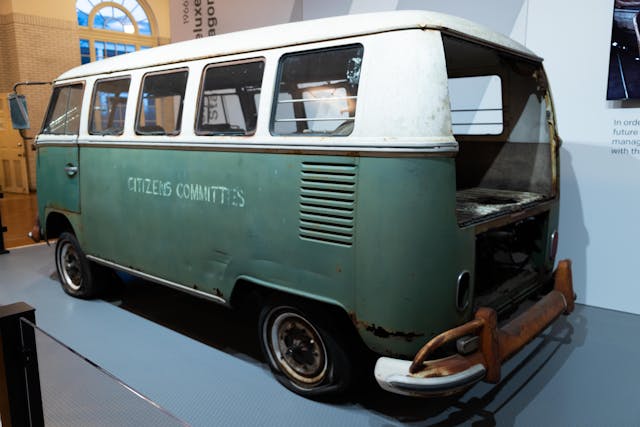
Esau and Janie B. Jenkins spent several decades fighting to improve the lives of their neighbors by teaching them how to read and how to exercise their civil rights, among many other things. And now the vehicle they used to create so much positive change can be seen by all. Through their dedication to civil rights, the Jenkins family created a lasting legacy.
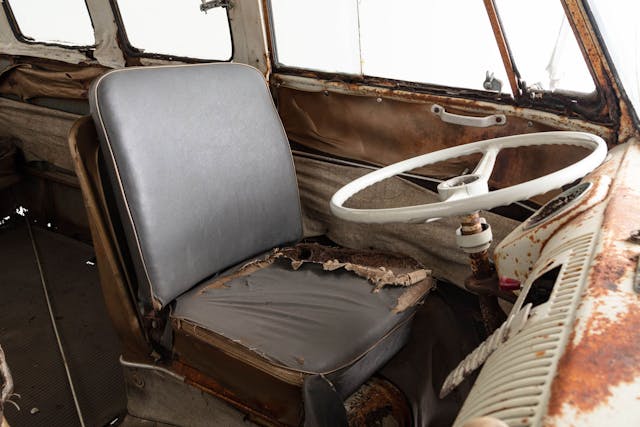
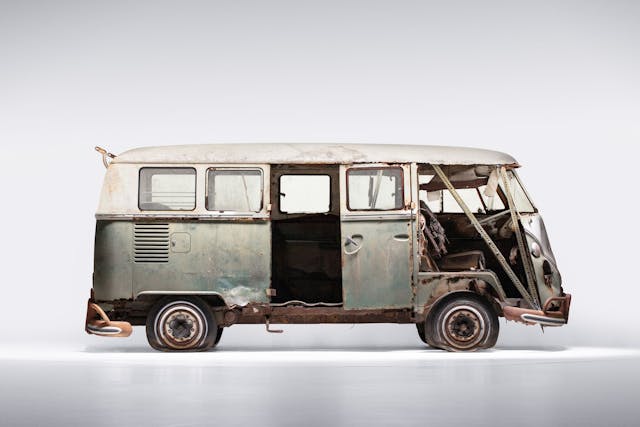









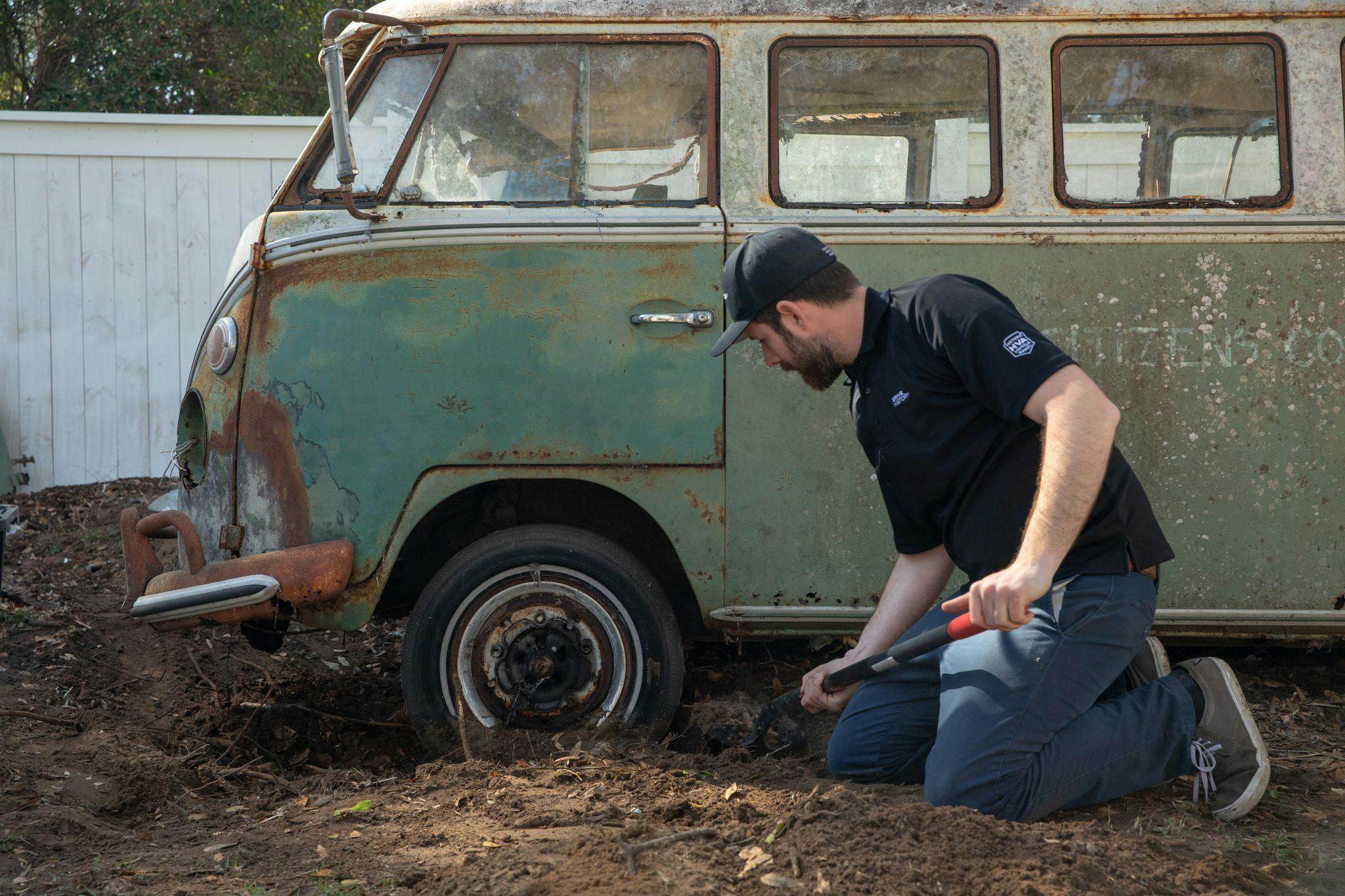













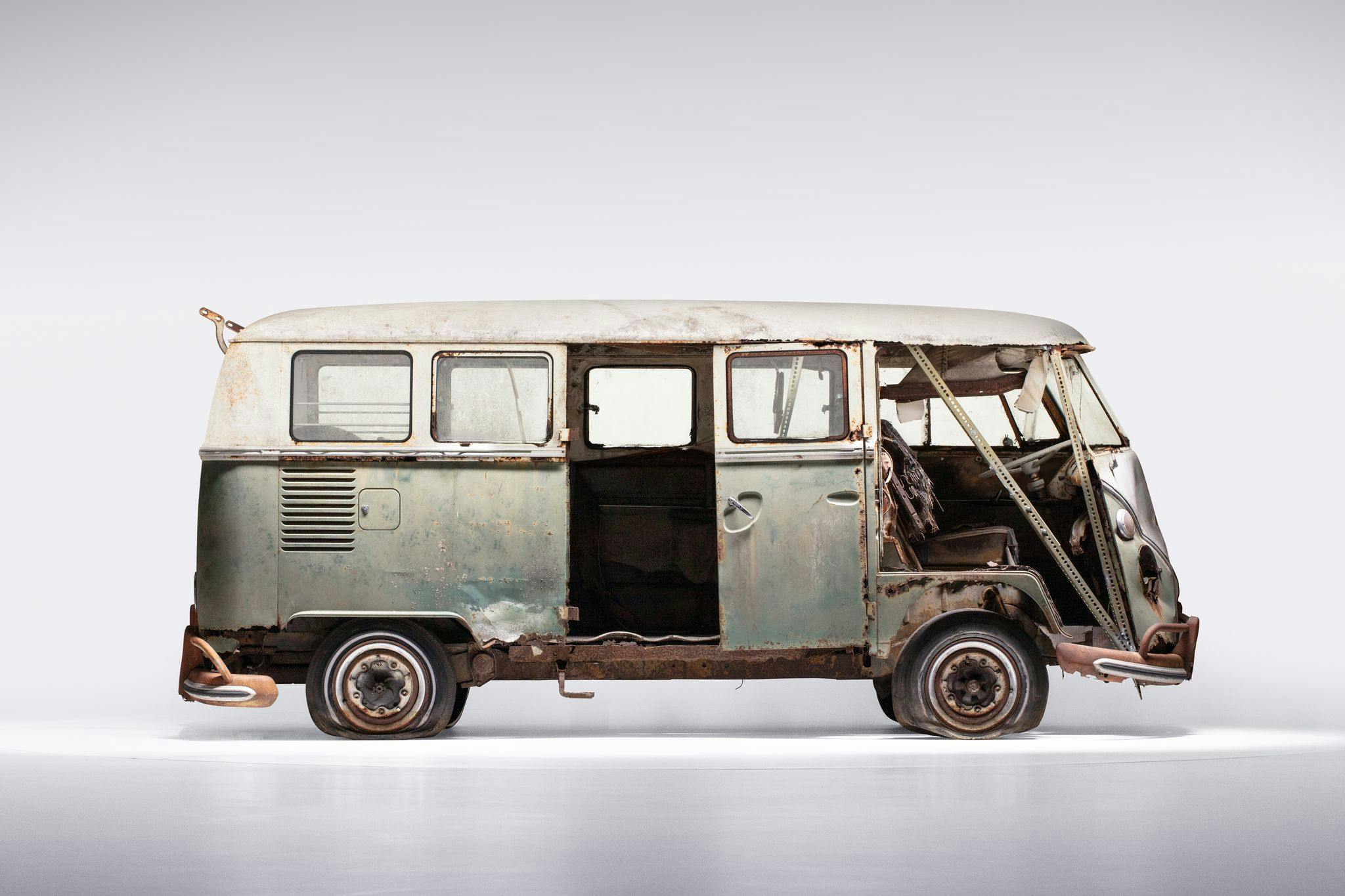
My family saw this a couple months ago while the bus was at the AACA Museum in Hershey. The recovery efforts undertaken to save this vehicle were of particular interest to my kids as we are often pulling something similar from farm fields or woods. Interestingly, their youthful takeaway was that through its existence, this little bus was used to prove that what “couldn’t” be done could be done though with great effort, risk, and care.
Perhaps though, Hagerty and its National Historic Vehicle Register could work with a museum somewhere to house or base examples of or the actual vehicles on the register. As my youngest pointed out, they would love to see the cars, but the register is little more than someone’s shared “Favorites List” unless people have access to view cars. Rotating access to various museums is admirable but seems even to my children as more of a Hagerty marketing tool than it does making the vehicles available to the public.